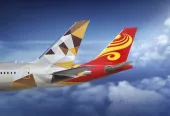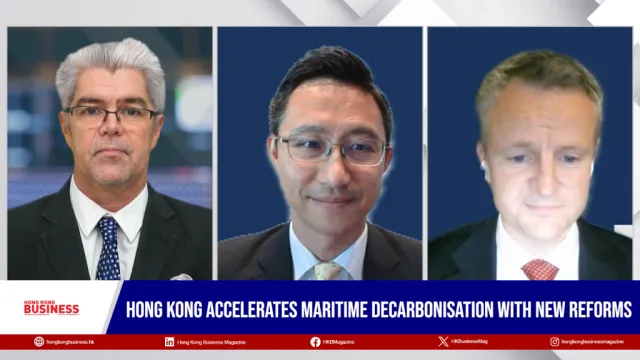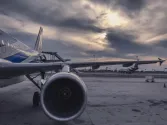Can Hong Kong maintain its competitive advantage in air transportation?
By Derek MaggsThe Hong Kong International Airport (HKIA) opened for business in 1998, providing world-class infrastructure to support growth in air traffic in one of the world’s most pivotal business and cargo markets. In the last 10 years, Hong Kong passenger traffic has more than doubled from 27.4m to 56.5m1.
The best years of growth in this period were 2004, 2005 and 2010, a rebound year. 2008 saw negative growth in passenger travel, freight and flights.
Over the same period, the movement of air cargo volumes rose steadily from 2.6 million tonnes to over 4 million tonnes, representing growth of 54%. This impressive growth made the HKIA the airport that moved the most cargo in 2011.
All this growth is also reflected in an increase in flight traffic from 187,500 to over 350,0001 during the same period.
Despite being a good indicator, competitive advantage for Hong Kong cannot be measured on raw volume terms alone. The true value comes from the waterfall effect on Hong Kong’s business community and perception of its citizens and visitors.
In the broader Asian context, much has changed with China’s rapid manufacturing and tourism development and this development, as well as other economic factors, have led to a parallel rise in passenger and freight traffic.
Physical infrastructure, such as the airport, the new cargo facility and excellent road and rail connections, is clearly an important enabler for capturing growing opportunities in air transportation but there are other elements that will likely drive the next wave of competitive advantage.
The overall passenger experience has changed markedly since the Internet became pervasive around the turn of the century. People started to switch from booking their travel packages through agents to direct flight bookings.
This gave more control to the consumer but required more research on all aspects of the trip, such as ground transportation, flights, connections, accommodation and sightseeing options.
Content quality on the net has matured, due to the pressure from ratings sites and social media but the process itself remains discontinuous. This means that a traveller needs to piece together all the components of the trip.
It is likely that the emergence of new technology that supports a greater understanding of each passenger needs will play a role in delivering a competitive advantage to air transportation companies in the future.
This technology includes sentiment analysis and ‘all encompassing’ customer relationship management systems that enable not only existing service providers to gain a competitive advantage but also attract new and agile entrants into this space.
While knowing more about each traveller is a major step forward, the real value comes when it is linked to automated processes and decisions that can run in real time. The emergence of true, in-memory technology has already started to drive both new business processes in this area and new business models.
For example, imagine a situation where enough of the passengers’ needs and requirements are known by various stakeholders, such as cabin crew or staff at the check-in counter, to give them a personalized service experience.
This would make the trip more enjoyable from start to finish, ensure that food, beverage, comfort, shopping and entertainment would be in line with a passenger’s expectations.
This is a far cry from the simplistic situation that we find today, where silos of inadequate, and often out-of-date information often fail to meet passengers’ growing expectations.
A similar scenario occurs in the freight transportation arena, where understanding client needs at each stage of the supply chain is tough and often a manual and error-prone process.
Technology exists today that can help airlines, airports, freight forwarders and tour operators overcome these challenges.
Who will be the early adopters of these systems to seek the promised advantage? The obvious candidates are the airlines and airports as well as the freight forwarders and tour operators.
The adoption of technology and software that helps airlines in Hong Kong and the HKIA to run even better, and to further improve the passenger experience, is key to helping Hong Kong maintain its competitive advantage in air transportation.
________________
1 Hong Kong International Airport flight statistics. 2012 figure include estimate of December traffic flows.




















 Advertise
Advertise






